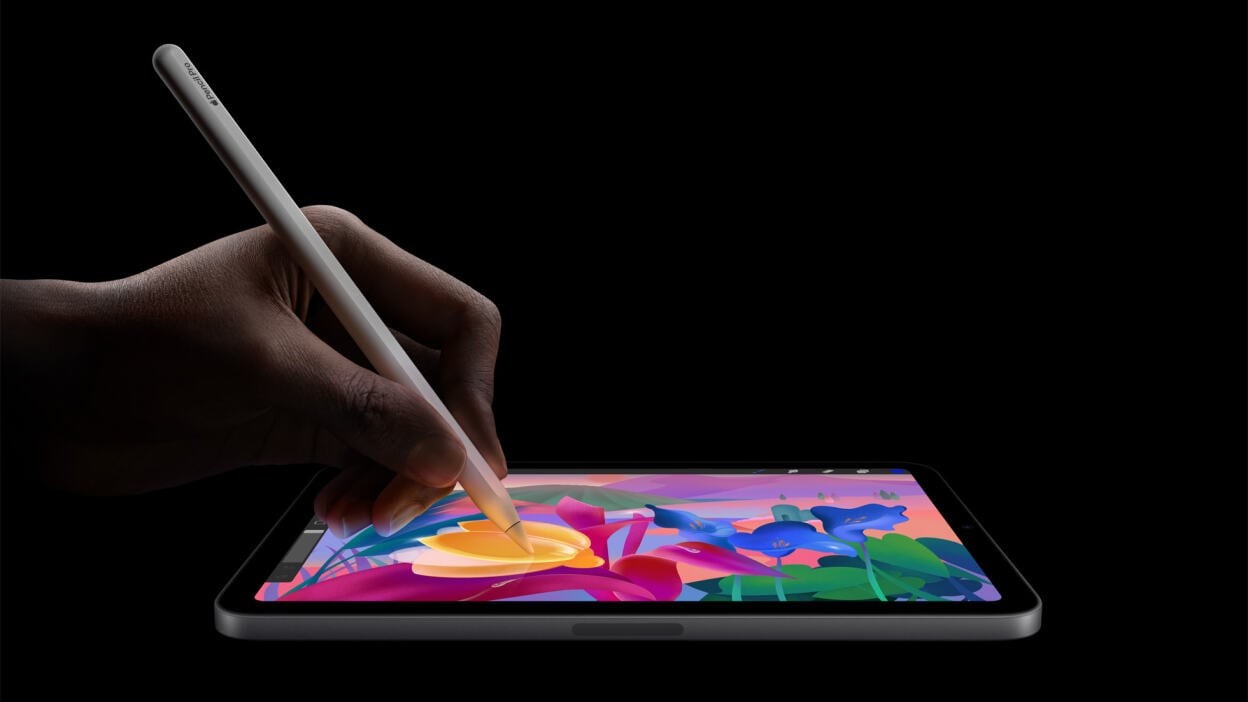
Apple's latest iteration of the iPad Mini, the seventh-generation model, appears to have undergone some significant display hardware modifications. These changes are believed to tackle the notorious "jelly scrolling" problem that plagued its predecessor.
What is Jelly Scrolling?
Jelly scrolling, a display issue that affected the iPad Mini 6, caused text and images on one side of the screen to appear out of sync with the other side. This resulted in a tilted appearance of content due to a mismatch in screen refresh rates. While some users found it barely noticeable, others reported it as a significant distraction that could lead to eye strain.
Addressing the Issue
According to Jason Snell, speaking on the Six Colors Podcast, the iPad Mini 7 has received unspecified adjustments to its display hardware. While the exact nature of these changes remains unclear, they are expected to make a substantial difference in mitigating the jelly scrolling effect.
It's worth noting that this information, while credible, is not officially confirmed by Apple. As no one has had hands-on experience with the device yet, the true extent of the improvements remains to be seen.
Potential Solutions
Prior rumors suggested that Apple might rotate the screen assembly to reduce jelly scrolling. This could be one of the approaches the company has taken to address the issue in the new model.
Verdict Awaits
The iPad Mini 7 is set to launch on October 23, with pre-orders already underway. Once the device is in users' hands, we'll have a clearer picture of whether the jelly scrolling problem has been effectively resolved.
Tech enthusiasts and potential buyers are eagerly awaiting reviews and teardowns of the new device, which should provide more concrete information about the display changes and their impact on the user experience.
As Apple continues to refine its products, addressing user concerns like the jelly scrolling issue demonstrates the company's commitment to improving the iPad Mini line. Whether these changes will be enough to satisfy users who were put off by the previous model's display quirks remains to be seen.